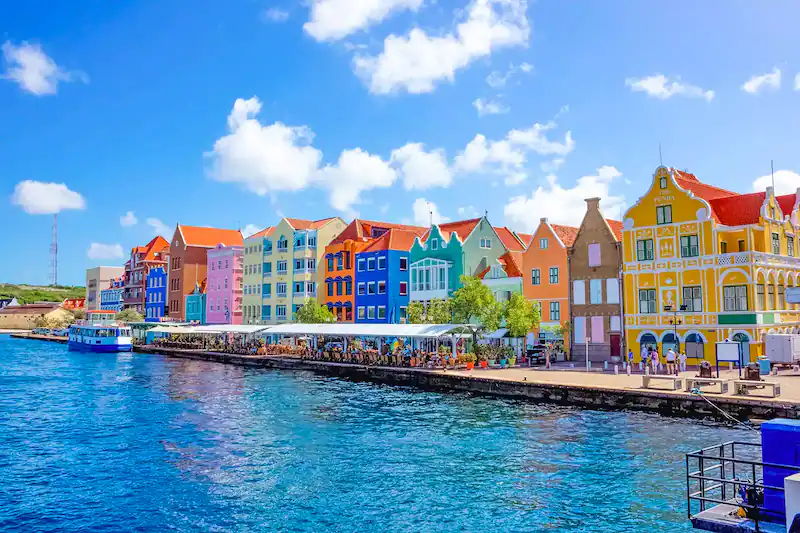Versatility in Caribbean Music: Dutch Speaking Caribbean
Hello, Bounjour, Bon dia, Hallo 👋
Another post here in our Versatility in Caribbean Music series!
A new addition to our recap of previous blog posts would be that of the French-speaking Caribbean where we talked about when France first initiated its presence in the 1600s by establishing several colonies to help secure trade routes in the area to the history, music, and beauty that is portrayed in Guadeloupe.
Now let's dive 🏊♀️ into the Dutch-speaking Caribbean with a highlight on Curaçao as our featured Dutch Caribbean nation.
Curaçao
Versatility Aspect
In the Tour De Force: A Musical Journey of The Caribbean book, describes Roel Calister as a versatile percussionist due to his constant contribution to keeping the cultural traditions of his home country alive and going. Through the use of Tambu beats and electronic music, Calister created his own genre of Tambutronic. This genre of music uses elements in a popular setting with the cooperation of Curacao's history to make the music lively as it is now. There's nothing more versatile than artists who are able to create their own genre that sets them apart from others.
The attached video below provides a glimpse into the cultural heritage of African rhythms and how it has influenced past, present, and future music for the country of Curacao. As mentioned in the video's description "Their beliefs and traditions have left an indelible mark on Curaçao's music and dance which is nowadays still very prominent" and I couldn't agree more with this.
If you do not associate the Caribbean with delicious tasting food, I don't know what to say to you! Food is our culture and who we are as a people. The fastest way to get into our hearts is definitely and positively through our stomachs. In Buzzfeed Bring Me video, they took a trip to try out the best local food that Curacao has to offer. And the island nation did not disappoint with its endless variety of foods to eat.
As always, it was a great blog getting to discover and learn about the dutch speaking Caribbean with you all. Ayo or goodbye as they say in Papiamentu!
References:
Gangelhoff, C., & LeGrand, C. (2020). Tour de Force: A Musical Journey of the Caribbean (1st ed.). Sound Caribbean.
National Archives of Curacao. (n.d.). Curacao History 3400 B.C. - Present. Curacao History. https://www.curacaohistory.com/
African Rhythms in Curaçao. (2014, September 12). [Video]. YouTube. https://www.youtube.com/watch?v=LSoC1PaSqbQ
We Tried The Best Local Food In Curaçao. (2020, January 4). [Video]. YouTube. https://www.youtube.com/watch?v=GtkIn_-vUEU


Comments
Post a Comment